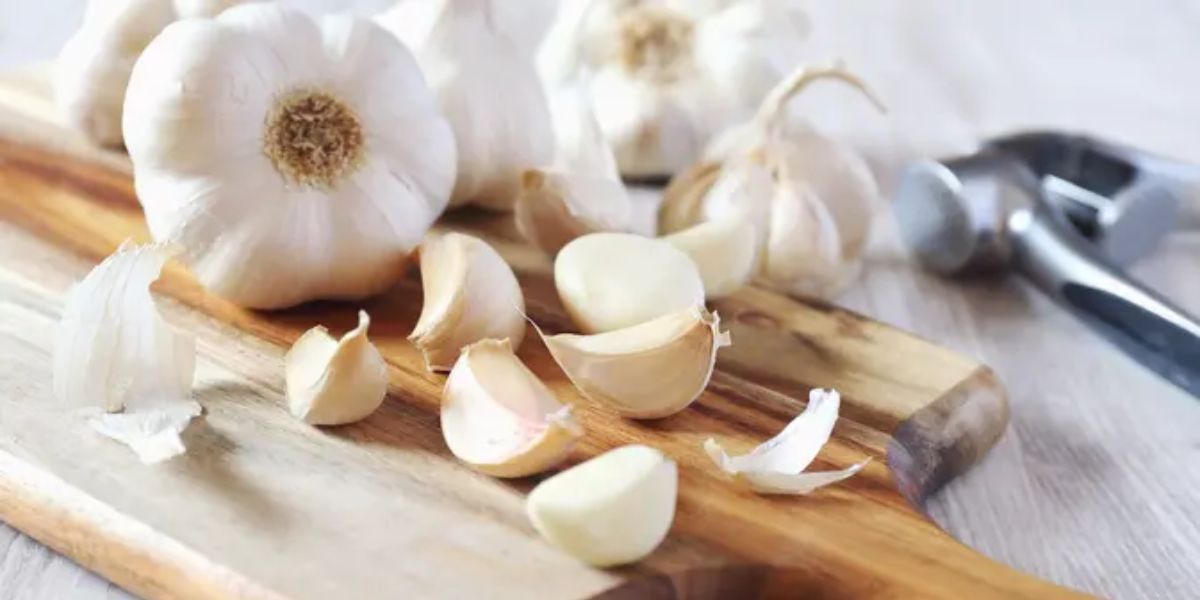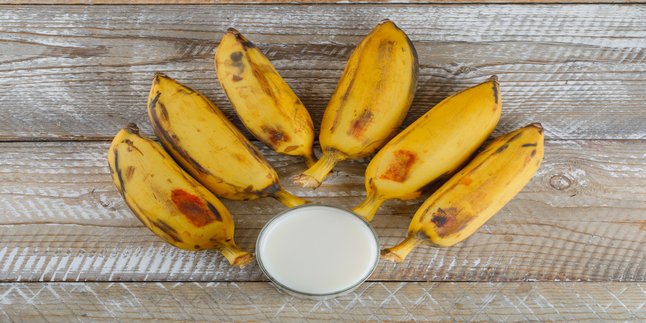Kapanlagi.com - Garlic, the kitchen spice that not only tantalizes the taste buds, is now in the spotlight in the medical world due to its impressive potential health benefits. One of the questions that has arisen is: can garlic really lower blood sugar levels, especially for those with type 2 diabetes?
Several studies have shown that the active compounds in garlic have intriguing antidiabetic effects. Regular consumption of garlic is believed to help control blood sugar levels as well as maintain the health of blood vessels and the heart—two aspects that are crucial for diabetes sufferers.
However, have all these claims been clinically proven in humans? What exactly are the contents found in garlic and how can it be consumed safely for maximum benefits? Let’s take a look at the interesting review below as one alternative to manage diabetes, summarized by KapanLagi.com, Friday (28/3).
1. Is It True That Garlic Can Lower Blood Sugar?
Garlic, the magical spice that has long been known, actually holds a multitude of benefits, including its ability to lower blood sugar levels thanks to its remarkable allicin content. In laboratory studies, this active compound has shown antidiabetic potential that can help stabilize blood glucose. Although it still requires stronger scientific support, some human studies suggest that regular consumption of garlic may contribute to lower blood sugar levels and reduce the risk of atherosclerosis, which often lurks in diabetes patients.
In addition, garlic is also rich in vitamin C, which plays an important role in maintaining stable blood sugar levels. However, medical experts remind us to keep garlic as a complementary therapy, not a substitute for primary medication. Therefore, it is important to monitor garlic consumption according to each individual's health condition, especially for those undergoing certain treatments, such as blood thinners.
“Nevertheless, research on garlic's ability to lower blood sugar in humans requires further investigation. Because, so far, it has only been successful in rats. So there is still a possibility that garlic could become an alternative therapy in the future,” said health practitioner, Dr. Devia Irine Putri, reported by klikdokter.com
2. How Garlic Can Affect Glycemic Index in the Body
The glycemic index (GI) is an indicator of how quickly food can raise blood sugar levels, and interestingly, garlic has a very low GI value due to its minimal carbohydrate content. The compounds allicin and other nutrients in garlic are believed to be not only safe for diabetics but also help improve insulin sensitivity and reduce insulin resistance, which are the main causes of blood sugar regulation disorders. Thus, garlic can help the body regulate glucose more efficiently after meals. However, it is important to remember that while garlic offers these benefits, its consumption should still be limited to avoid side effects, especially when combined with medications that affect blood sugar levels.
3. Nutritional Content of Garlic
Here are the main nutritional contents in 1 clove of raw garlic (about 3 grams):
- Calories: 4.5 calories
- Sodium: 5 mg
- Carbohydrates: 1 gram
- Fiber: 1 gram
- Protein: 2 grams
- Vitamin C: Supports the immune system and blood sugar stability
- Manganese: Plays a role in glucose metabolism
With the nutritional profile as above, garlic becomes one of the low-calorie natural ingredients, yet rich in active substances that may help in the management of diabetes when consumed wisely.
4. Tips for Consuming Garlic
To gain optimal benefits from garlic without causing side effects, here are some recommended tips:
- Consume 1–4 cloves per day: Start with a small dose and monitor the body's response
- Avoid excessive consumption: It can trigger stomach pain, headaches, or skin reactions
- Let chopped garlic sit for 5 minutes before consuming: To enhance the allicin content
- Be aware of interactions with other medications: Especially blood thinners like warfarin
- Consult with a doctor: If you have other medical conditions besides diabetes, especially digestive disorders
These steps are important so that the benefits of garlic can be maximized without disrupting overall health.
“Try a little at first and see if there are any side effects. For example, headaches, itching, or red rashes on the skin. Because, there are side effects of garlic if consumed in excess,” he added.
5. Can Garlic Help Diabetics?
For diabetics, garlic can be a natural addition in managing blood sugar levels, considering its content that supports heart and blood vessel health. This is very important because about 80 percent of diabetics also have a risk of heart disease.
The antidiabetic effects of garlic come from allicin, which acts as an agent that helps improve insulin sensitivity and maintain the stability of glucose metabolism in the body. The fiber and micronutrient content, such as vitamin C, also help prevent spikes in blood sugar.
However, experts continue to emphasize that garlic is not a substitute for medical therapy and can only serve as a complement to diabetes management when used wisely and according to medical advice.
6. Questions and Answers on This Topic (People Also Ask)
1. Can garlic lower blood sugar?
Some studies suggest that garlic has the potential to lower blood sugar levels, but its effects still need further research on humans.
2. How many cloves of garlic are safe for diabetics?
It is recommended to consume 1–4 cloves per day, starting with a small dose while monitoring for side effects.
3. Can garlic replace diabetes medication?
No. Garlic only serves as a natural supplement, not a substitute for primary medication.
4. What is the best time to consume garlic?
It is best consumed raw and after being left for five minutes after chopping to optimize its allicin content.
5. Is garlic safe for all diabetics?
Not always. Patients with other medical conditions or those taking certain medications should consult a doctor before consuming it regularly.
(kpl/mni)
Disclaimer: This translation from Bahasa Indonesia to English has been generated by Artificial Intelligence.












